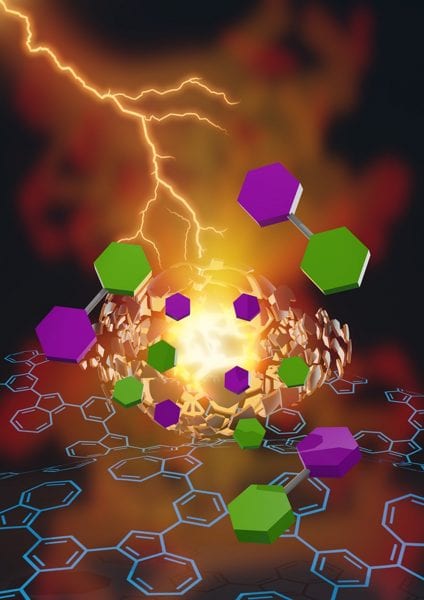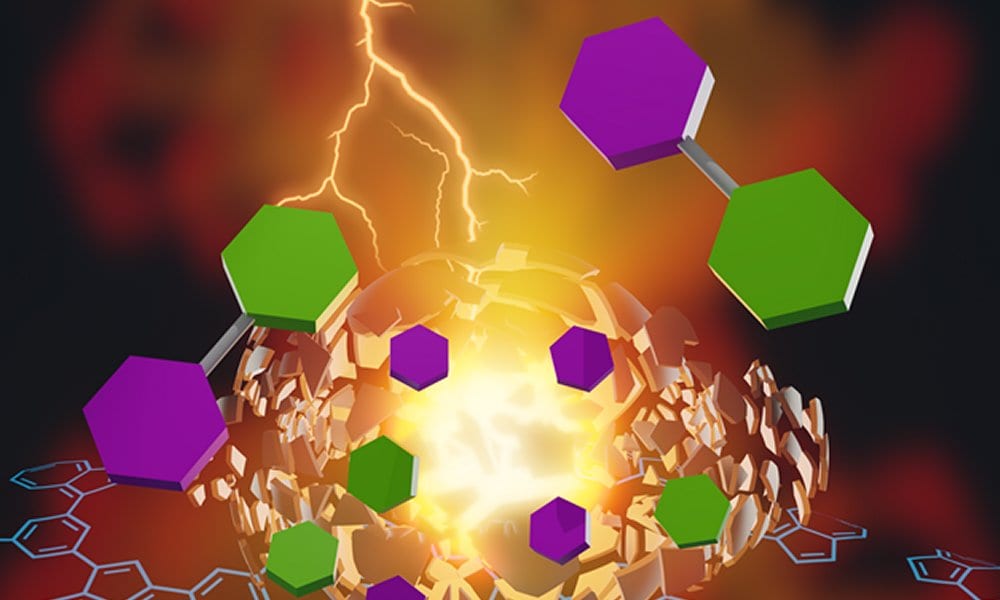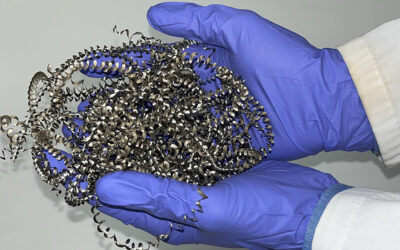The Stille cross-coupling reaction is a highly versatile tool to form carbon–carbon bonds from aryl halides and aryl stannanes. The major requirement for the Stille coupling is the necessary use of palladium complexes as catalysts. Usually, thermal reaction conditions are needed. The search for a metal-free and pure organic alternatives for the palladium-based catalysts still remains a huge challenge for organic and materials chemists.
Recently, due to the high cost, toxicity and low availability of transition metals, tremendous effort has been paid to the development of low-cost, metal-free and highly reproducible catalytic systems. Photochemistry or photocatalysis can offer a sustainable alternative to the traditional metal-catalyzed reaction routes.
The group of Kai Zhang at the Max Planck Institute for Polymer Research, Germany, have recently developed a photocatalytic reaction pathway for the Stille-type C–C bond formation reactions under white light irradiation at room temperature. The researchers have designed a conjugated porous polymer as organic photocatalyst, which can simultaneously activate the aryl stannane and aryl halide as coupling partners. The novel coupling reaction mechanism occurs between the photo-generated aryl radical under oxidative destannylation of the aryl stannane, and the electron-activated aryl iodide, resulting into the aromatic C–C bond formation in the final product.
“The current polymer-based photocatalytic system still has its limitations, but for the metal-free and photocatalytic aromatic C–C bond formation with high selectivity, the first step is done”, says Dr. Zhang.

















